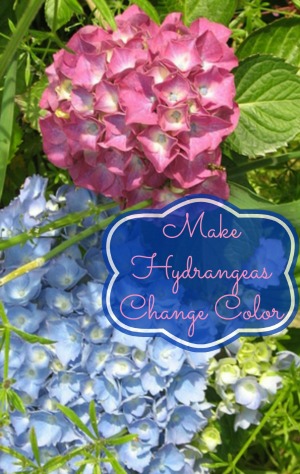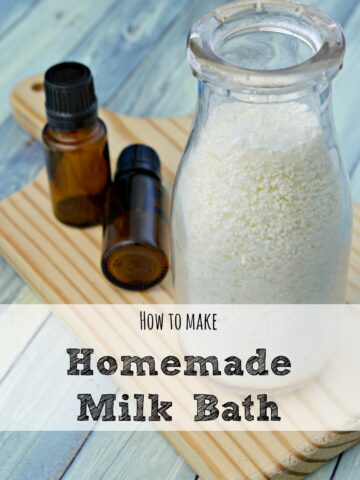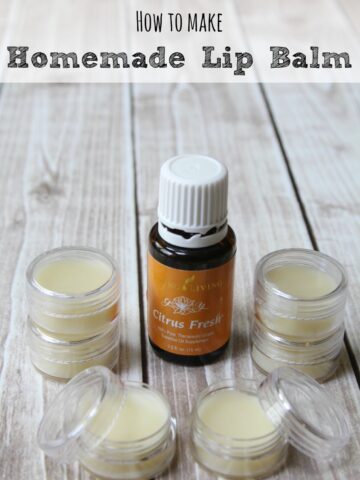
How to Make Hydrangeas Change Colors
Hydrangeas are one of the most beautiful flowers in people’s gardens. What’s even more unique about this cluster flower is that the colors can change dramatically based on the pH level of the soil. Even one plant can grow different colored blooms depending on which roots are feeding that flower head. Pretty cool, right? Each year as the soil’s pH level changes and the plant adjusts to those changes you could see a big difference in color from year to year. There are a few tips and tricks to make hydrangeas change color and I am here to show you just how to do it.
If you want complete control over the hydrangea’s color you must grow it in a container. One thing to remember is that white hydrangeas cannot be changed to pink or blue, but sometimes you will see a few blooms that have a tint of color. It is far easier to change a hydrangea from pink to blue than it is from blue to pink. A hydrangea’s color is directly related to how much aluminum is in the soil. By taking away aluminum as you would need to do to go from blue to pink is much more difficult than adding it to go from pink to blue.
The intensity of the color is related to the heredity of the hydrangea’s variety, weather conditions, and the health of the plant. So you can switch it to be pink, but determining that perfect shade of pink that you might want is asking a bit too much. Whenever you fertilize your hydrangeas you will notice a more saturated color simply because the plant is taking using those nutrients at that moment. A few varieties of hydrangeas tend more toward the pink or the blue range of colors naturally, but will not retain even this color if soil conditions are not just right.
Change to Pink
For a hydrangea to bloom pink, the plants cannot take up aluminum from the soil. If the soil naturally contains aluminum, then you have to try to keep it away from the hydrangea's roots. Kind of tough! Here are a couple tricks that might work though:
- Add dolomitic lime several times a year to amend the soil. Lime helps to raise the pH and you need a pH of 6.0-6.2 to produce pink blooms. Hydrangeas take up aluminum best at lower pH levels so raising the pH helps to keep aluminum at bay.
- Use a fertilizer with high levels of phosphorus. Phosphorus helps to prevent aluminum from entering the hydrangea’s roots.
- If your garden naturally produces blue hydrangeas consider growing pink hydrangeas in containers. Then you can use potting soil with low levels of aluminum in them.
Change to Blue
It is much easier to turn a pink hydrangea to blue as all you have to do is make sure there is aluminum in the soil. Here are a couple tricks to help you get the job done:
- If there isn’t any aluminum occurring naturally in your soil, add aluminum sulfate. To make the aluminum available to the plant, the pH of the soil should be really low like 5.2-5.5. Adding aluminum sulfate lowers the pH of the soil.
- Add 1 tablespoon of aluminum sulfate per gallon of water to be applied to plants throughout the growing season. Make sure to first water the plants without any solution and then apply the solution cautiously as too much can burn the roots.
- Another method for lowering the pH is to add organic matter to the soil such as compost made from coffee grounds, fruit and vegetable peels, and grass clippings. Earthworm castings also do very well.
- A fertilizer low in phosphorus and high in potassium is helpful in producing a good blue color. Superphosphates and bone meal should be avoided when trying to produce blue hydrangeas.
Our hydrangeas are some of our most prized plants in our garden each year. They naturally grow pink in our yard, but I just love having the option to turn them blue every few years!
Looking for some more gardening tips?





